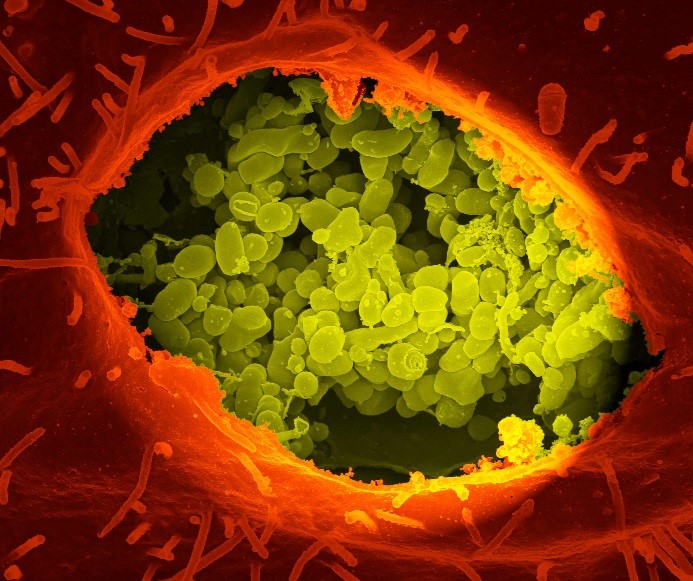Q Fever? … What’s that?
Meg Humphrys and Jocelyn Coventry
A producer recently came to me (Meg) and said that despite her 20 years in the livestock industry “no one has ever told me about Q Fever” and “why should I be aware of it if I work in the livestock industry?”
To address this need I uncovered some facts in conjunction with Jocelyn Coventry and the staff at the Centre for Disease Control and have summarised them below.
Facts
Q fever is caused by bacteria (Coxiella burnetii) carried by a wide variety of livestock, domesticated pets and wild animals. It can also be carried by humans although human to human transmission is not thought to occur.
About 50% of people with Q fever will have no symptoms. Others may develop a brief or mild illness. Other people can also present with acute severe influenza-like symptoms, commonly resulting in infection of the lungs or liver. In 1-5% of cases, Q fever may persist and cause chronic infection.
Q Fever is infrequently diagnosed; but most frequently found in people working in abattoirs, meat processing, veterinary practices or with livestock. Q Fever is potentially serious, especially for people with HIV, lymphoma or if pregnant.
The first reported case of Q Fever in the NT was in 2002. There have been 33 cases notified in the NT, some of those might have been contracted across borders. This number is probably an under-estimate because it is likely many cases go undiagnosed.
For those at high risk of Q fever, a vaccination is available. A register of vaccinators can be found at the Australian Meat Processor Corporation website.
Please see the following links for more information:
Scanning electron micrograph of the bacteria that causes Q Fever (Coxiella burnetii)
Give feedback about this page.
Share this page:
URL copied!
